
Art must be a support for people in their search for hope
An interview with Petr Pudil, founder of Kunsthalle Praha
February saw the opening of Kunsthalle Praha in Prague, an art institution conceived by Petr Pudil, the Czech businessman and collector, and which together with his wife Pavlína he had nurtured for seven years. It was a long-awaited event on the European art scene. In a 2019 interview with Arterritory.com, Petr Pudil said: “We identify ourselves more as art activists than just collectors. So, we wanted to put our energy and our financial support into creating a new art space here in Prague that connects international art with regional art. And this mission is also super-emotional and super-important for us. It brings some positiveness into our lives. We’re hoping to create something that’s not only for us, but is like a platform for all people who are interested in art.”
Photo: © Lukáš Masner, Kunsthalle Praha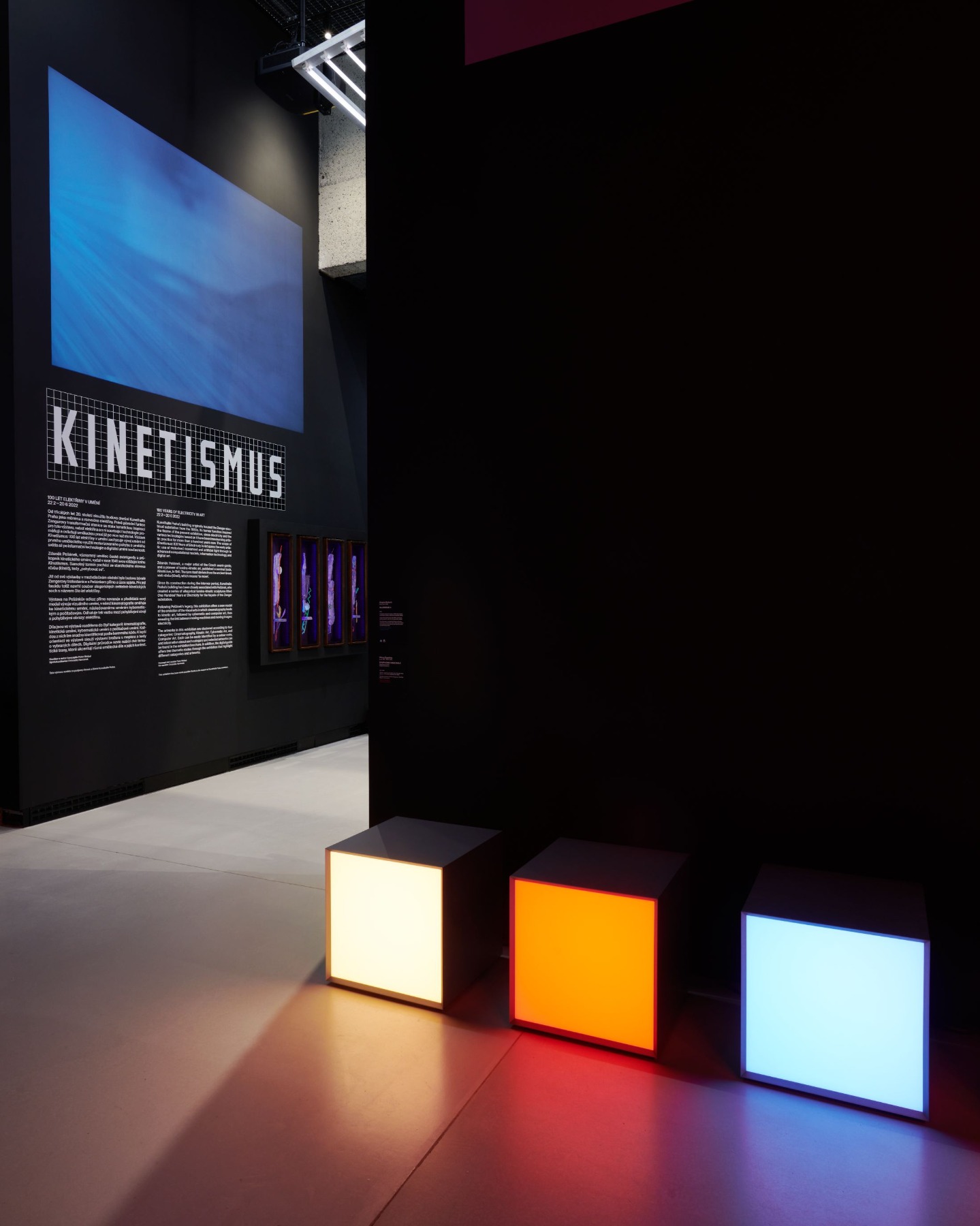
Kunsthalle Praha is housed in the former Zenger transformer substation. Built from 1920 to 1931 and outfitted with a neoclassical façade, the only occupant of the building used to be the substation’s technical equipment. Kunsthalle Praha’s first exhibition, which is housed in two galleries spanning 840 square metres, is dedicated to how electricity has transformed artistic practice from the early 20th century to the present. The multimedia exhibition Kineticism: 100 Years of Electricity in Art captures the development of art, from the first artistic use of motorized motion and artificial light to information technology and digital art today. Its four key areas are cinema, kinetic art, cyber art and computer art. The exhibition’s description reads: “The exhibition presents the works of real pioneers such as Mary Ellen Bute, László Moholy-Nagy, Marcel Duchamp and Zdeněk Pešánek. It was Pešánek, a prominent avant-garde artist and pioneer of light-kinetic art, who in 1941 published a major publication called Kinetism (the term itself comes from the ancient Greek verb κῑνέω [kīnéō], which means ‘to move’), which Kunsthalle Prague, in collaboration with with AMU, will publish again in Czech and for the first time, also in English.”
Since its construction in the interwar period, the building of the former Zenger transformer station has been directly and closely connected with Pešánek. He designed a set of allegorical luminokinetic sculptures called One Hundred Years of Electricity for its façade. The exhibition follows directly on his legacy and thus reveals the link between moving machines and moving images: electricity.
Kunsthalle Praha in Prague. Photo: © Vojtěch Veškrna, Kunsthalle Praha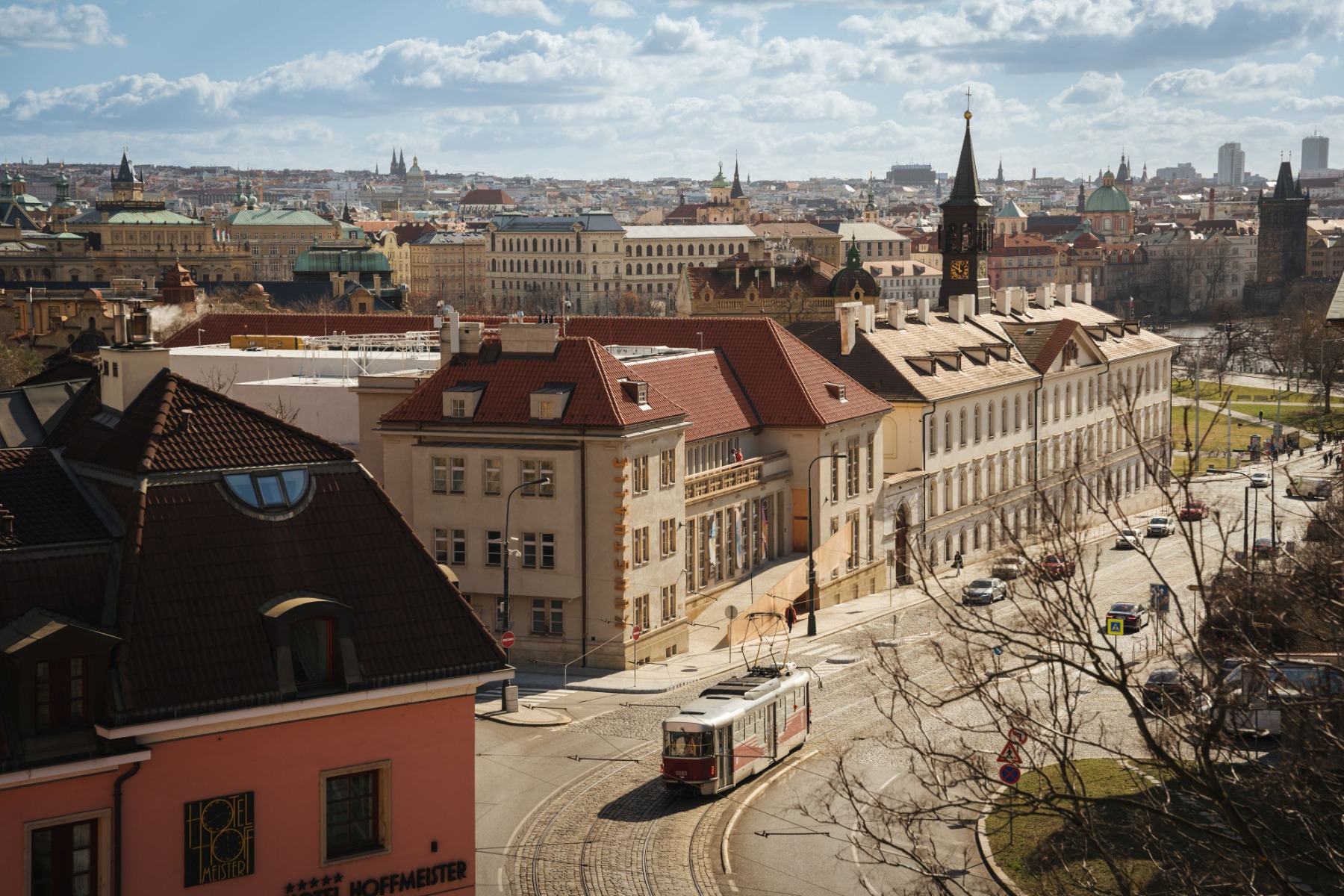
With almost a year’s delay because of the pandemic, Kunsthalle Praha opened on February 22. How do you feel now? Has this time changed something in the initial focus and conceptual setting of Kunsthalle Praha, or perhaps even the message behind it?
Yes, we have finally seen the opening after seven years of preparation. The pandemic slowed us down, but we didn’t change anything in our mission, we just became more aware of the need to have a digital alter ego as well, which will be more and more important for institutions.
Kunsthalle Praha in Prague. Photo: © Lukáš Masner, Kunsthalle Praha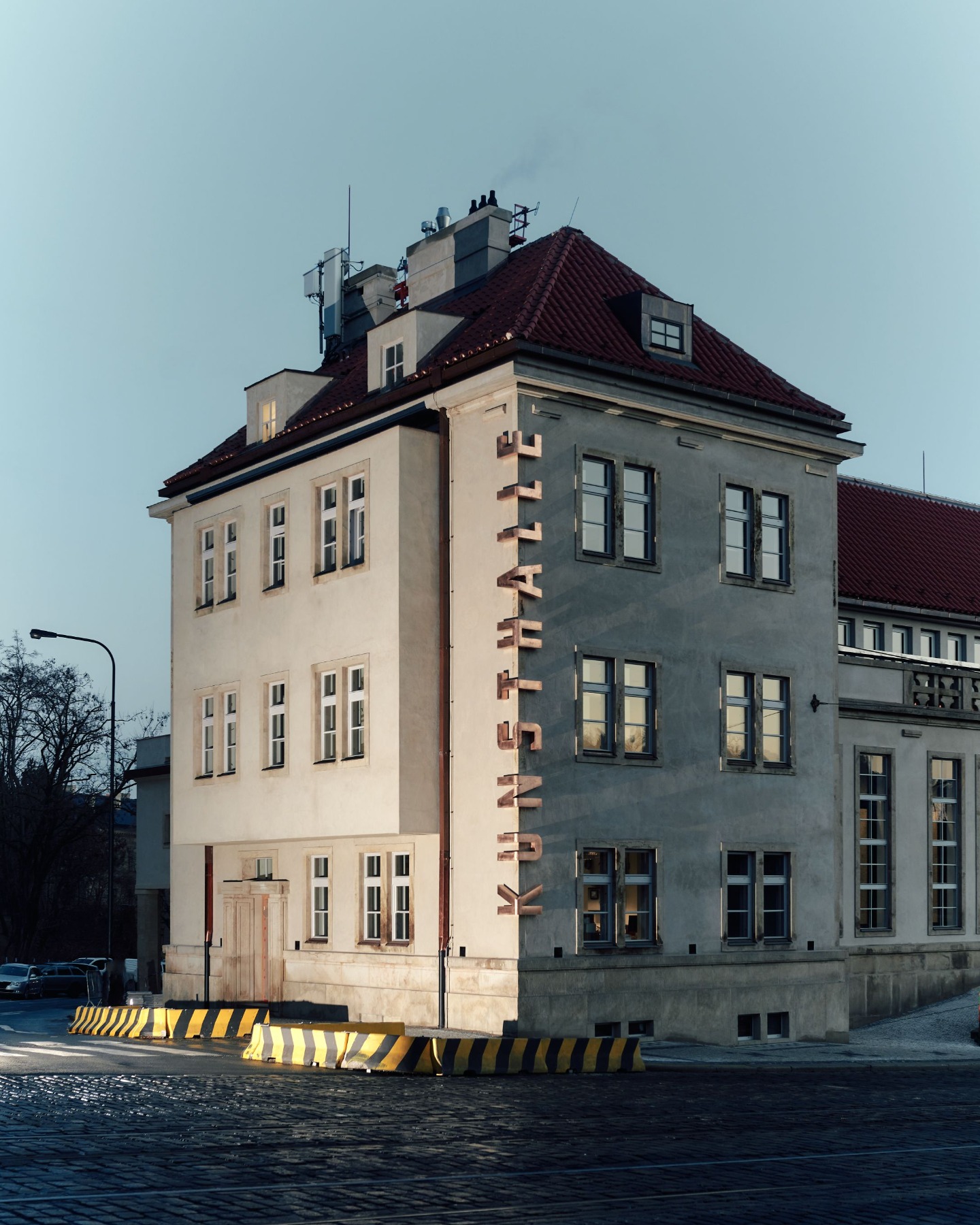
What is the societal role of an institution like Kunsthalle Praha? What does it add to the Prague art scene and the city in general?
Kunsthalle Praha is a major new not-for-profit organization dedicated to bringing new perspectives on Czech, Central European and international art of the 20th and 21st centuries to a wide public and to creating an open, interdisciplinary space for the exchange of ideas and knowledge. Located in the building of a former electricity transformer station in the historical centre of Prague, the Kunsthalle is set to become a meeting point for art professionals, friends, families and communities, a forum for conversations, and a favourite place to experience art in what we consider to be a go-to city for anyone interested in art and culture.
Photo: © Lukáš Masner, Kunsthalle Praha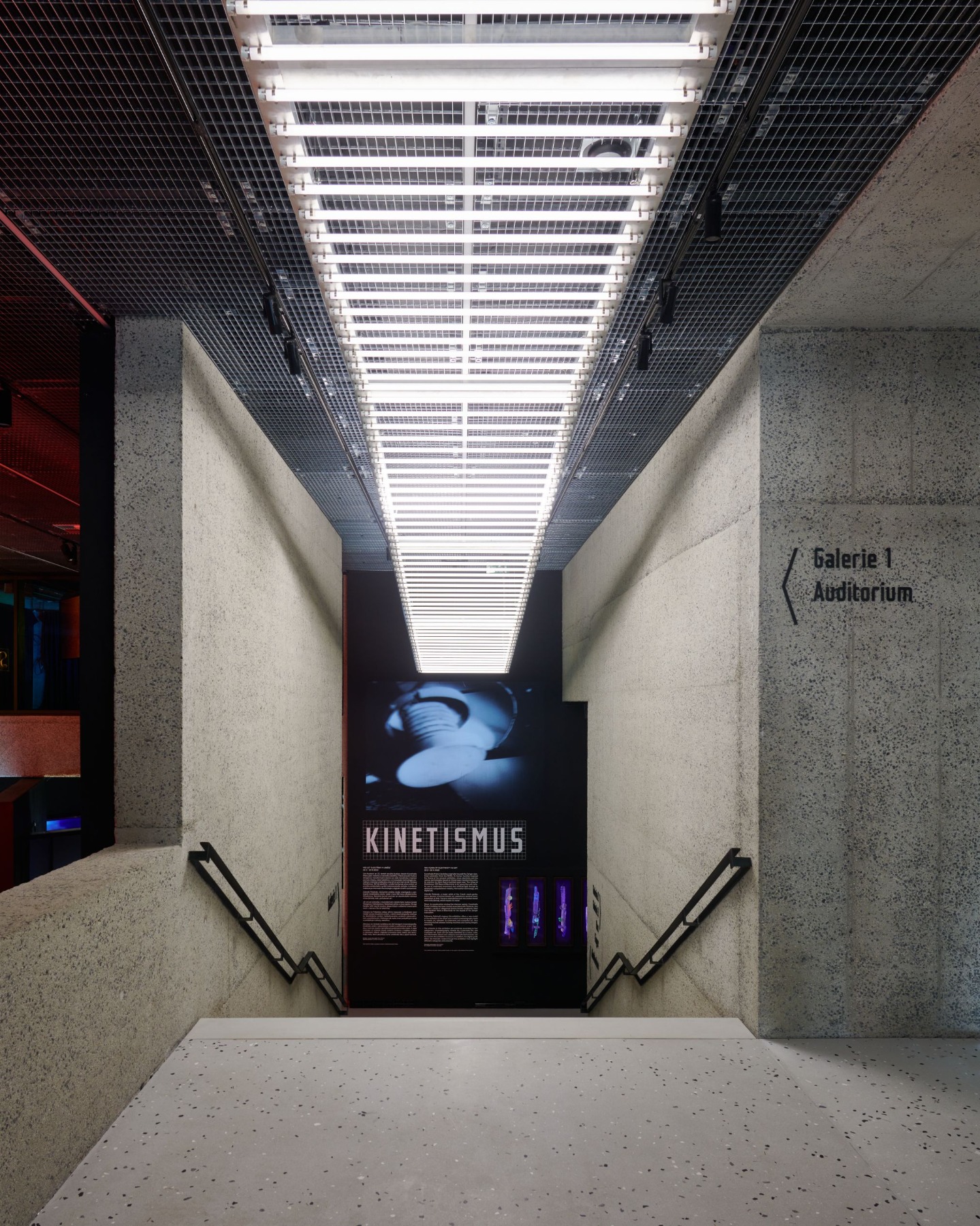
Photo: © Lukáš Masner, Kunsthalle Praha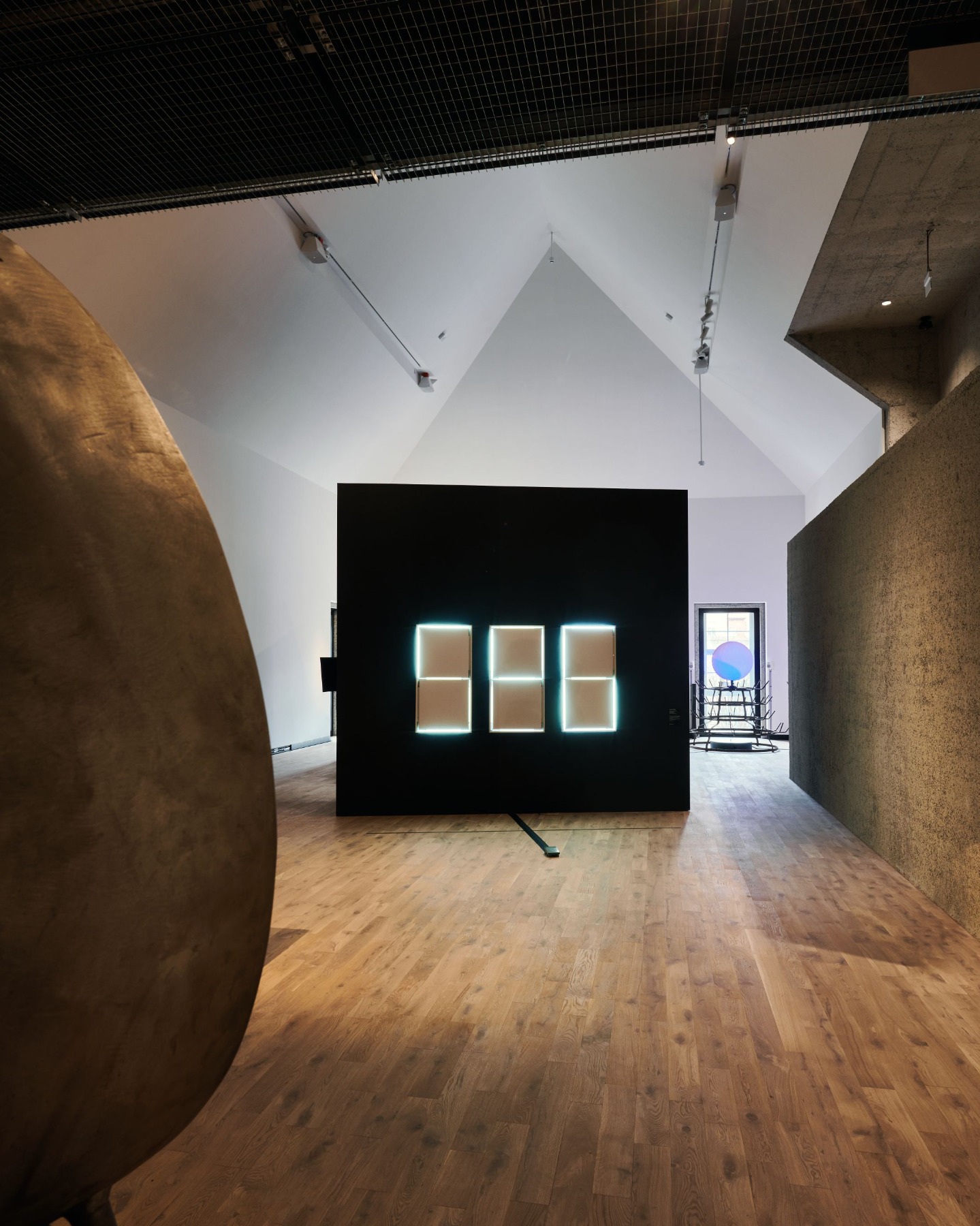
Kunsthalle Praha is opening with the impressive international exhibition Kinetismus: 100 Years of Electricity in Art, which explores how electricity has transformed artistic practice from the start of the 20th century to the present day and focuses on four key areas – cinematography, kinetic art, cybernetic art, and computer art. This show unites a variety of generations, artistic tools, and areas – there are even Bauhaus artists among them. Today there’s a growing call for something along the lines of “a new Bauhaus school” – a movement that unites creative minds and promotes synergistic work between philosophers, scientists, artists, etc. Do you believe that the future of the world depends on our ability to cooperate and to interact, to step out of our separate “bubbles”?
I think one of the biggest issues of our time is that we, as a society, are becoming more and more specialised. Our whole educational system is leading to more and more molecularization of interest. It’s understandable in that progress can only be made by knowing the details of a small whole, but that approach wears out after a while and you have to look at a topic from a certain perspective and address things in relation to other topics. Today’s world is very complex and complicated, and if we want to preserve it and make it a better place to live, we must learn to look for solutions with distance and in interdisciplinary cooperation.
Photo: © Lukáš Masner, Kunsthalle Praha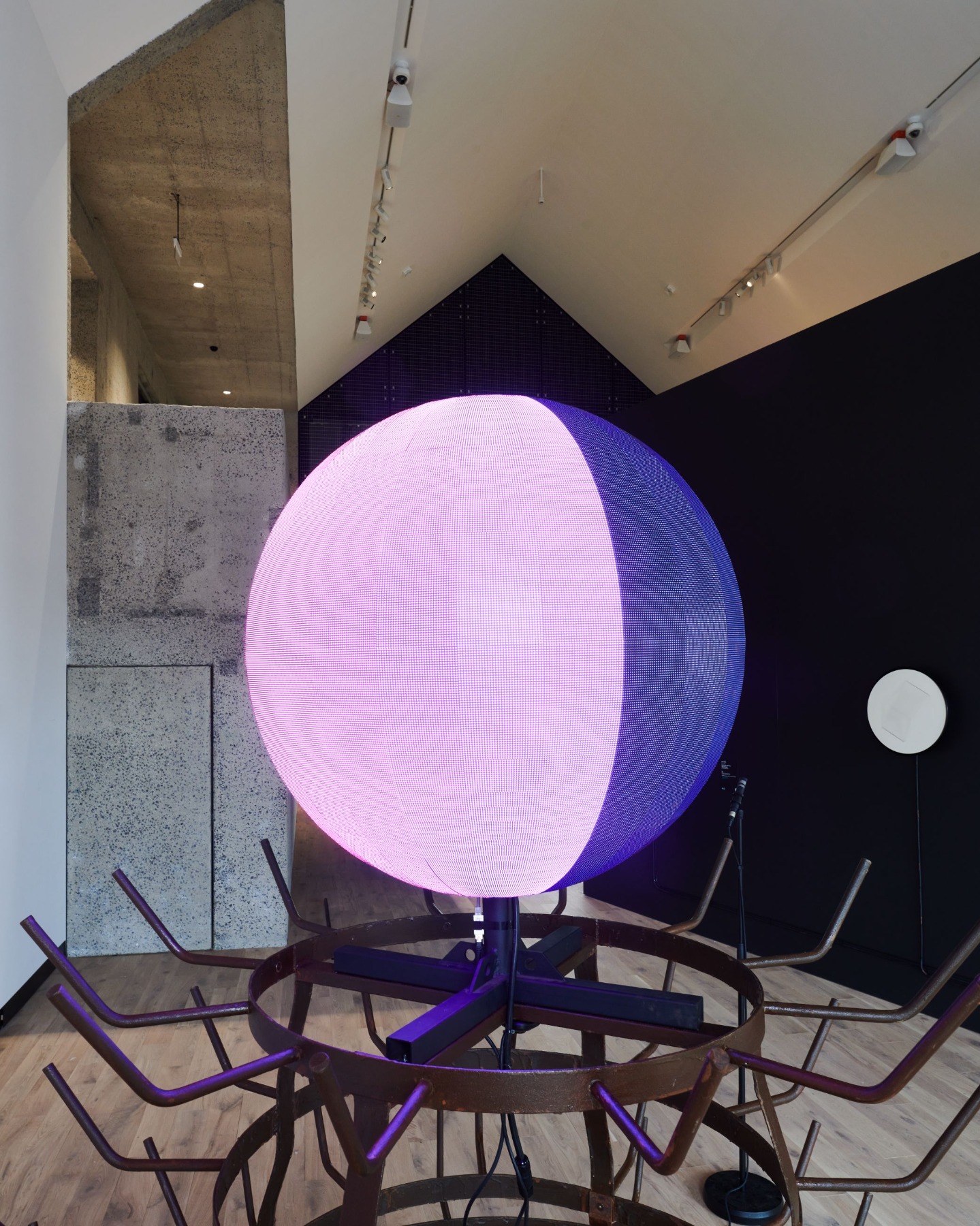
“The reason people should go to the institution, to the museum, to the Kunsthalle, has to be more about life and art than about static position or a static exhibition,” you once said. The pandemic and the war have actualized the role of art in people’s lives; much has been said about art as a tool of healing and about art’s ability to influence mental processes. Do you believe in the healing power of art?
It is said that health comes from the mind, and so art can be healing as it inspires our thoughts and caresses our souls.
In the spring of 2020, in your comment for Arterritory regarding the situation caused by the pandemic, you asked a rhetorical question – will we come out of this better than when we entered? Do you have an answer to your question? Have the last two years made the art world better or worse?
First of all, it is not yet absolutely certain that we are “out of it”, although there are many indications to that effect. Mostly, we’ve become more accustomed to living with a new disease. I think the positive side of a person and society always evolves faster and more complexly than the negative side. Covid has forced us to admit that we are not in control, that events are coming that we cannot control the occurrence of. After long decades of peace and stability, we as a society have come to feel that we control and direct everything. After the initial shock, we have gradually learned to work with the problem, and now it is a question of whether we will become comfortable again or whether we will force ourselves to take this experience to other areas where a similar crisis might come, and try to be better prepared for it.
Photo: © Lukáš Masner, Kunsthalle Praha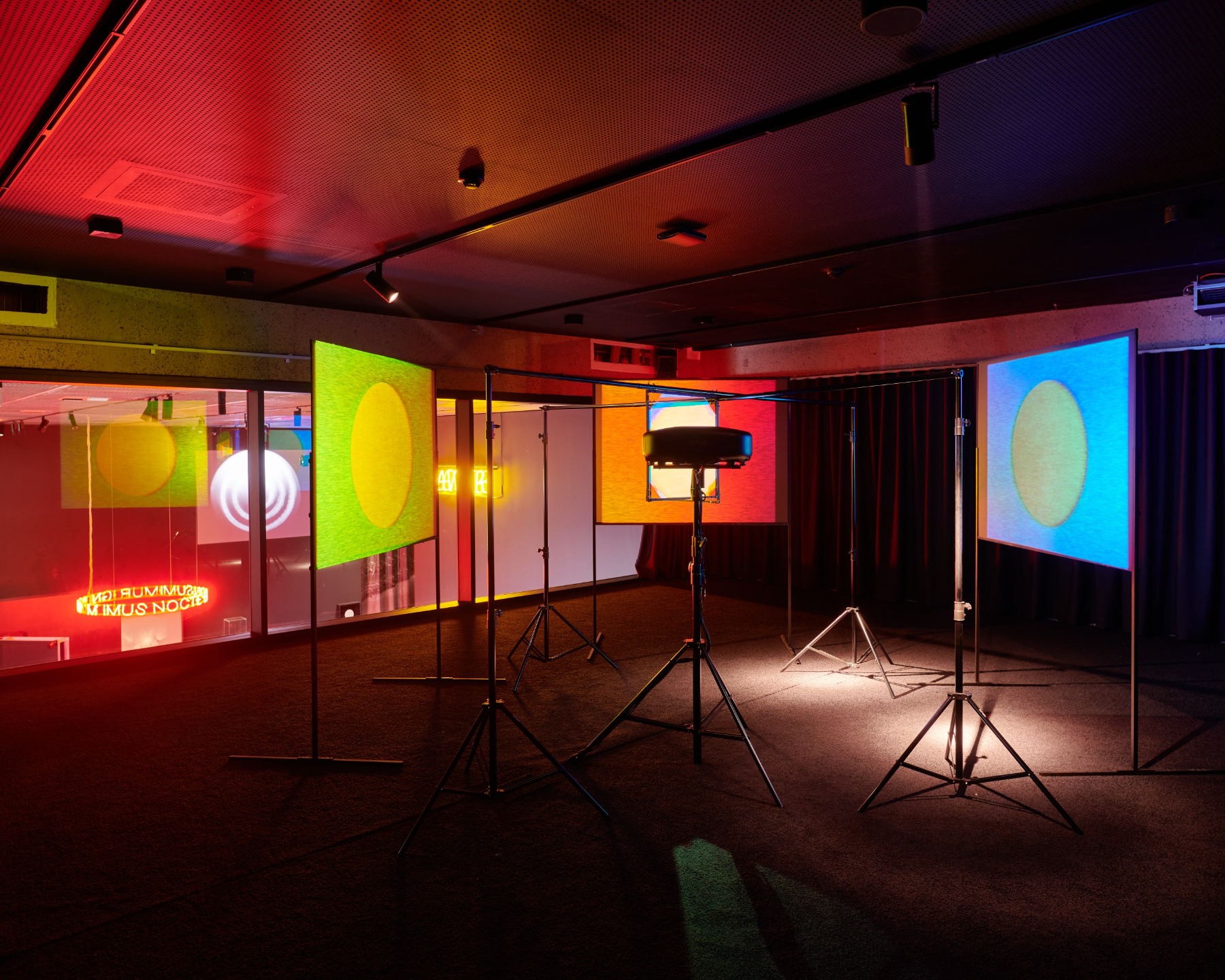
How do you see the art world in the nearest future? What is going to be different; how will it transform, and how do you see Kunsthalle Praha within it?
I believe people will return to theatres and museums in a big way; the hiatus has been long and the physical presence of art and socializing is something that is essential for humans. But even so, a few things will change; many more things will shift to the digital space even in art, but even there art is yet to find its positioning, and institutions will find their digital identity. There may be less travel in general, but institutions with international programmes that introduce local audiences to other cultures and perspectives of international artists will be even more important.
Photo: © Lukáš Masner, Kunsthalle Praha
What’s the role of a collector today?
Collectors are still ants of the ecosystem – hardworking, passionate, organized and spontaneous, confident in their unique perspective.
What is the role of art, artists and art institutions now when there is a war going on in Europe?
Putin is pure evil, and like all that is hellish, he spreads fear; in fact, that is his most powerful weapon. We must not succumb to the fear and I believe that we will win this fight. It is natural to be afraid, but we must stand up to this next difficult test for humanity. Above all, the arts and institutions must be a support for people in their search for hope. Other goals can wait until the war is over.
Pavlína and Petr Pudil. Photo: ©Jan Zátorský, Kunsthalle Praha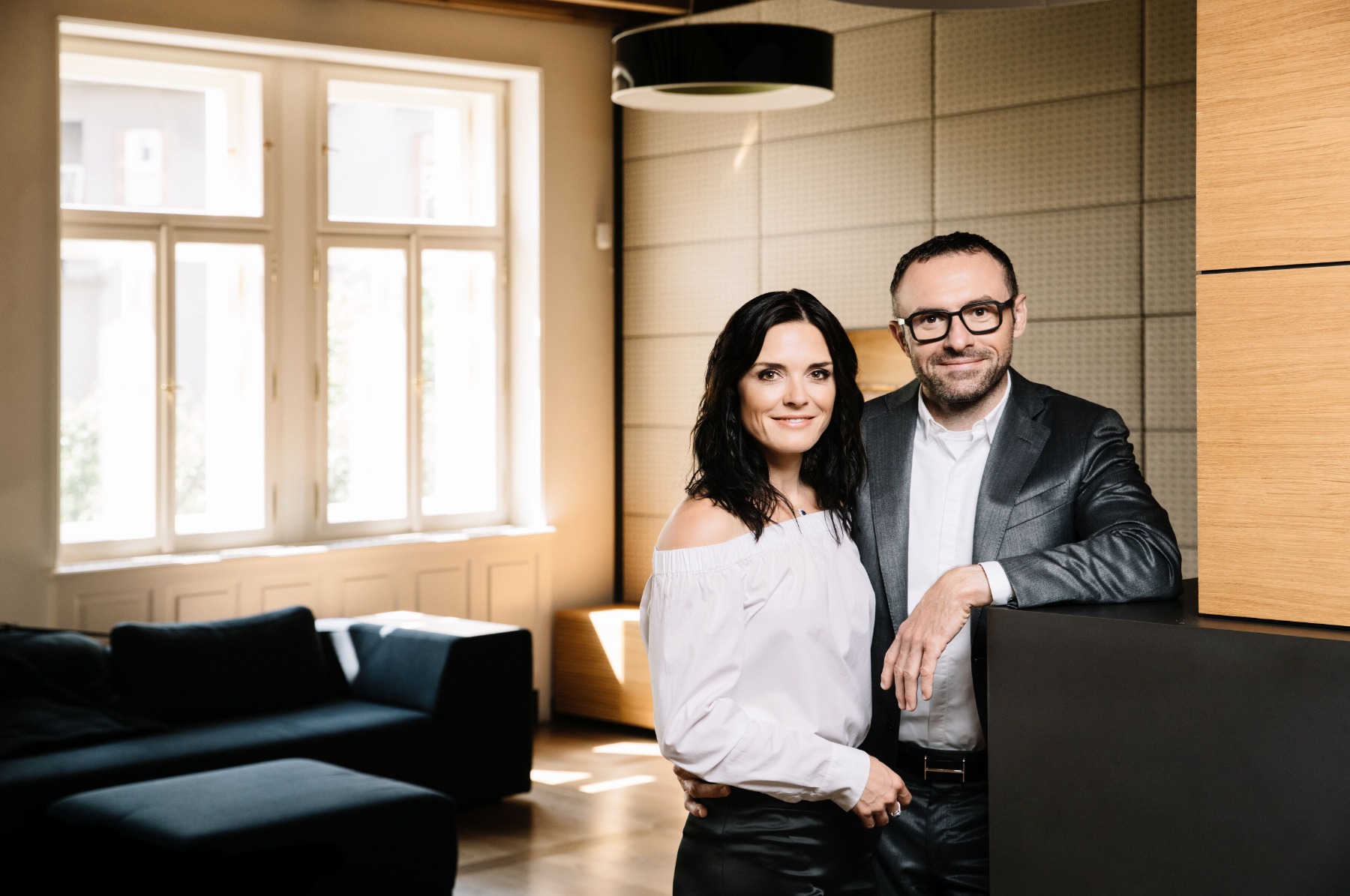
Title image: Petr Pudil. Photo: ©Jan Zátorský, Kunsthalle Praha